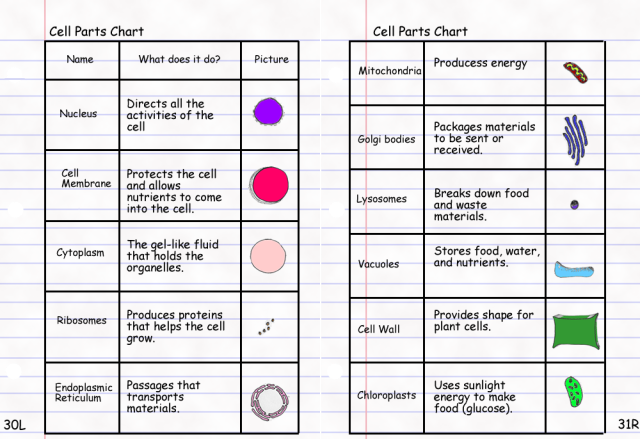Ap bio seems to just be getting harder and harder. This week was no exception. This week was all about cellular respiration, the steps that go into it and the molecules that make it possible. Cellular respiration is the way our body transforms the food we eat into energy or ATP (adenosine triphosphate). The food must be broken down in the presence of oxygen within our bodies. The reaction is C6H12O6 + 6O2 -> 6Co2 + 6H2O + energy. The 4 main steps of cellular respiration are glycolysis, pyruvate oxidation, civic acid cycle (not Krebs cycle), and oxidative phosphorylation. The process begins with glycolysis, the only process that is outside of the cytoplasm of the cell. Glycolysis is one of the processes that produces ATP and 2NADH when taking in glucose. The next process is pyruvate oxidation, this occurs inside the cytoplasm of the cell. Pyruvate oxidations takes 2 pyruvate from glycolysis and produces 2 CO2 and 2 NADH. This is the only step that does not produce ATP. The next step is the citric acid cycle, this also occurs within the cytoplasm. This step takes 2 AcetylCoA from the previous step and produces 4 CO2, 2ATP, 6NADH, and 2FADH2. The last step is the big ATP producer – Oxidative Phosphorylation. This process also occurs in the cytoplasm. This step uses 6O2 to produce 34 ATP and 6 H2O. All these steps combined are one of the most important process that occur in our body.
With out the mitochondria and cellular respiration we would be blobs of nothing that didn’t move. We would be dead. This is why mitochondria should have won the election. Without the mitochondria you would be nothing.
Besides the devastating loss this week it was a pretty ok week. The POGIL cleared things up a lot and re watching the Bozeman video was also very helpful. I have high hopes this unit will be clearer than others. I am having a little bit of trouble with understanding the citric acid cycle and what actually happens. Other than that I think I might actually understand whats going on for once!


